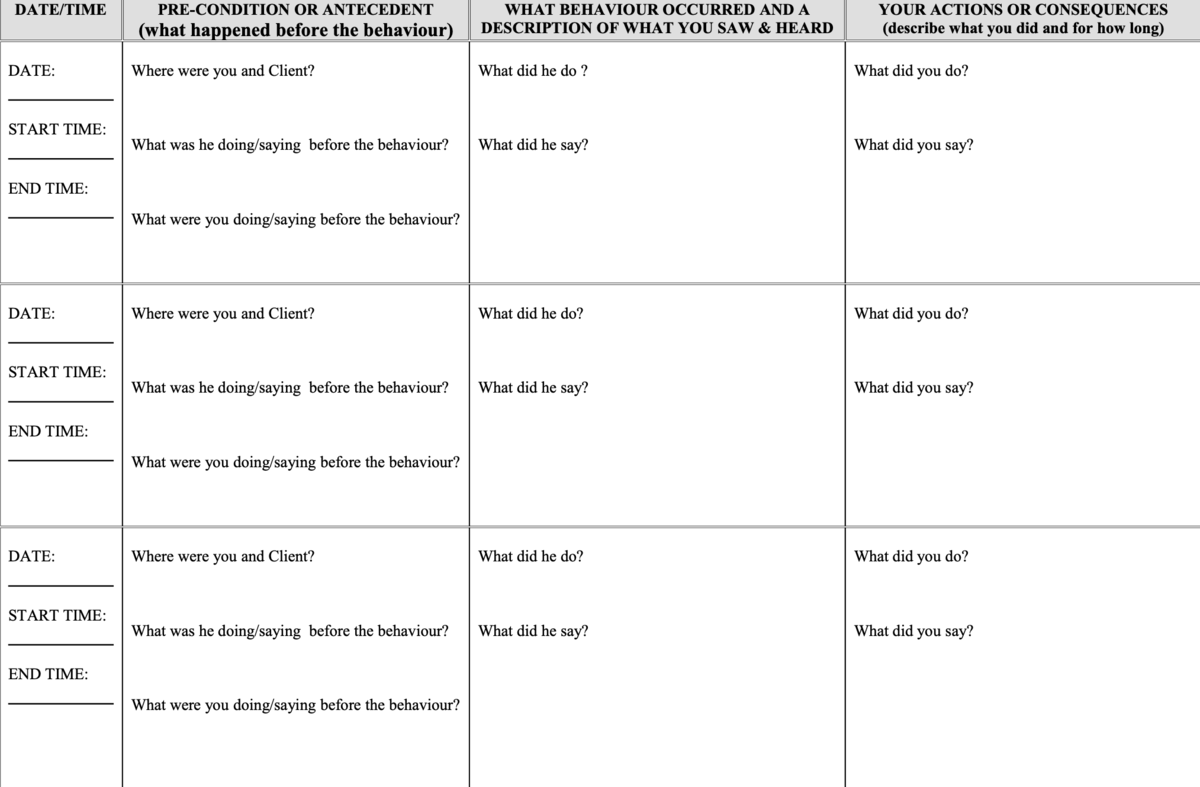The Ultimate Guide to Behavior Modification Techniques & Reinforcement Theory

Children may exhibit maladaptive behaviors for various reasons, often driven by underlying functions. To address these behaviors, Applied Behavior clinicians use the ABC model, a structured approach that helps identify patterns and triggers. This model involves observing a child's behavior in their natural environment, focusing on three key elements: the Antecedent (what happens before the behavior), the Behavior itself, and the Consequence (what follows the behavior). By carefully analyzing these factors, clinicians gain insights into why certain behaviors occur.
Once the ABC data is collected, it guides clinicians in developing effective intervention strategies. By understanding the cause-and-effect relationship of behaviors, they can implement targeted consequences that reduce maladaptive behaviors while reinforcing positive alternatives. This process not only helps in decreasing unwanted actions but also encourages healthier coping mechanisms, fostering long-term behavioral improvements.
The ABC Model of Behavior
Taking good ABC data can be a difficult task in a busy environment. Check out this post for tips on how to take great ABC data, as well as more detailed ABC model sheets.

Consequence Interventions
BCBA clinicians use consequence interventions to minimize reinforcement for maladaptive behavior while increasing reinforcement for desirable behavior. Understanding why a child is engaging in a problem behavior helps to implement interventions that modify environmental factors that trigger a maladaptive behavior and teach replacement skills that achieve the same outcome as the problem behavior for the child.
Positive Reinforcement and Negative Reinforcement
'Reinforcement' is a specific type of consequence intervention used to elicit a positive behavior change. It should be tailored to each child's needs and given immediately after the desired behavior to increase the occurrence of a specific behavior. Positive reinforcement refers to adding something to the child’s environment, whereas negative reinforcement refers to removing something from the child’s environment. Using a reinforcer checklist can help identify specific reinforcers that are tailored to each individual.
Looking for more information?
For more information on services offered by AIA, or to book your free consultation, visit us at https://www.azinstitute4autism.com, contact us at (480)-707-2195, or email hello@azinstitute4autism.com.
If you are looking for tips, check out more monthly blog posts from AIA's clinical director, Rula Diab!



